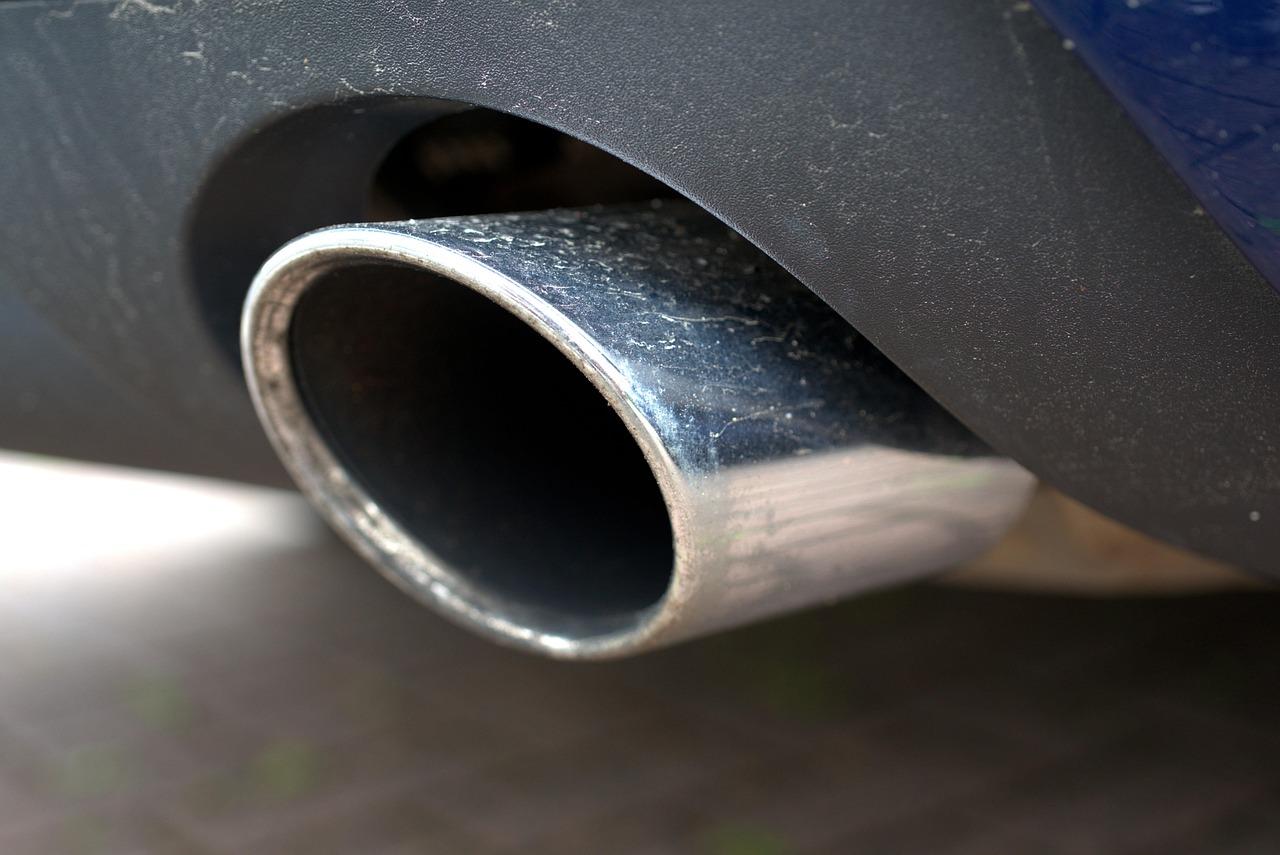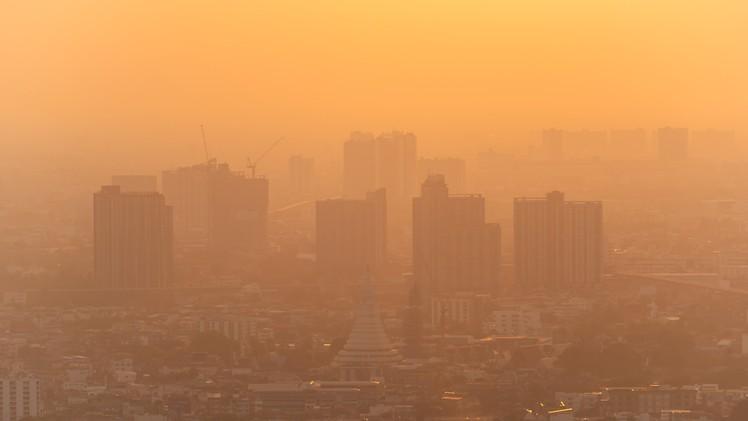As we navigate the complexities of modern life, one critical factor often goes overlooked: the quality of the air we breathe. While we may focus on diet, exercise, and other aspects of personal health, the invisible threat of air pollution looms large, impacting our well-being in profound ways. According to the World Health Organization, air pollution is now considered one of the leading environmental risks to health, contributing to millions of premature deaths each year. From respiratory diseases to cardiovascular issues, the urgent reality of poor air quality cannot be ignored. In this article, we’ll delve into the serious health consequences associated with polluted air, shedding light on its far-reaching effects and emphasizing the necessity for collective action to safeguard not only our own health but also the health of future generations. It’s time to confront the chilling truth: the air we take for granted could be silently jeopardizing our lives.
Table of Contents
- Understanding the Health Risks Associated with Air Pollution
- Impact of Poor Air Quality on Vulnerable Populations
- Effective Strategies for Reducing Exposure to Pollutants
- Long-Term Health Benefits of Cleaner Air Initiatives
- In Conclusion
Understanding the Health Risks Associated with Air Pollution

Air pollution is more than just an environmental issue; it poses significant health risks that can lead to both short-term and long-term health complications. Particulate matter (PM), ozone, nitrogen dioxide, and sulfur dioxide are some of the key pollutants that can enter the lungs and bloodstream, causing a variety of health problems. Individuals with existing respiratory or cardiovascular conditions, children, and the elderly are particularly vulnerable. Exposure to these pollutants is linked to a range of issues, from aggravated asthma and respiratory infections to chronic conditions like bronchitis and heart disease.
The impact of air pollution extends beyond immediate health concerns. Long-term exposure has been associated with serious diseases such as lung cancer and stroke. Additionally, emerging research indicates a potential connection between air quality and mental health issues, including increased rates of anxiety and depression. The following table summarizes the health effects associated with common air pollutants:
| Pollutant | Health Effects |
|---|---|
| Particulate Matter (PM2.5) | Respiratory issues, cardiovascular diseases, lung cancer |
| Ozone (O3) | Aggravated asthma, reduced lung function, respiratory infections |
| Nitrogen Dioxide (NO2) | Increased respiratory infections, potential developmental issues |
| Sulfur Dioxide (SO2) | Aggravated asthma, decreased lung function, cardiovascular problems |
Impact of Poor Air Quality on Vulnerable Populations
Several groups within our communities face heightened risks due to poor air quality. Children, whose respiratory systems are still developing, are particularly vulnerable; exposure can lead to asthma, reduced lung function, and increased respiratory infections. Additionally, the elderly often contend with pre-existing health conditions, making them more susceptible to the adverse effects of airborne pollutants. Furthermore, individuals with chronic illnesses, such as heart disease or diabetes, may experience exacerbated symptoms when air quality declines. This intersection of age and health status highlights the urgent need for measures to combat air pollution and protect these susceptible demographics.
In many regions, socioeconomic factors also play a critical role. Populations in low-income neighborhoods often live in areas with higher pollution levels, lacking the resources to relocate or invest in health improvements. This can lead to alarming health disparities where poorer air quality correlates strongly with increased rates of hospitalizations and emergency visits. To illustrate these disparities, consider the following table showcasing the correlation between air quality index (AQI) levels and health outcomes among various population segments:
| Population Segment | AQI Level (µg/m³) | Health Outcome |
|---|---|---|
| Children | 51-100 | Increased asthma attacks |
| Elderly | 101-150 | Higher incidence of cardiac events |
| Low-Income Communities | 151+ | Increased hospital admissions |
Effective Strategies for Reducing Exposure to Pollutants

Reducing your exposure to pollutants is essential for maintaining optimal health, especially in areas plagued by poor air quality. A proactive approach can make all the difference. First, consider creating a cleaner indoor environment by using air purifiers equipped with HEPA filters, which can significantly lower indoor air pollution levels. Additionally, ensure proper ventilation when cooking or using chemicals for cleaning. Keep windows closed during high pollution days, and invest in houseplants that naturally filter toxins, such as spider plants or peace lilies.
When venturing outside, it’s important to stay informed about local air quality indices. Check forecasts and avoid outdoor activities during peak pollution times. If outdoor activity is necessary, opt for protective measures like wearing masks designed to filter out harmful particulates. Regularly maintaining your vehicle, using public transport, or biking can also minimize your carbon footprint, contributing to cleaner air for everyone. Lastly, advocating for local policies that aim to reduce emissions and increase green space can cultivate a healthier community for all. Here’s a summary of effective strategies:
| Strategy | Description |
|---|---|
| Air Purifiers | Use HEPA filters to improve indoor air quality. |
| Proper Ventilation | Ventilate during non-pollution peaks and limit indoor pollutants. |
| Stay Informed | Check air quality forecasts regularly. |
| Protective Gear | Wear masks during high pollution days. |
| Advocacy | Support community efforts for cleaner air initiatives. |
Long-Term Health Benefits of Cleaner Air Initiatives
Investing in cleaner air initiatives leads to profound long-term health benefits for communities. Reducing air pollution can significantly lower the incidence of chronic diseases, such as asthma, heart disease, and lung cancer. Several studies highlight that cleaner air correlates with improved respiratory health and a decrease in hospital admissions for respiratory issues. Additionally, it enhances cardiovascular health, leading to fewer heart attacks and strokes. By prioritizing air quality, we can anticipate a healthier population and enhanced quality of life for future generations.
A comprehensive approach to cleaner air not only protects vulnerable populations, such as children and the elderly, but also contributes to overall well-being. The potential health benefits include:
- Improved lung function: Cleaner air reduces the risk of respiratory infections and enhances lung development in children.
- Enhanced mental health: Better air quality has been linked to reduced levels of anxiety and depression.
- Increased productivity: Healthier individuals are more productive, leading to economic benefits for communities.
| Health Benefit | Statistic |
|---|---|
| Reduction in asthma cases | 30% decrease |
| Improved lung health | 20% increase in function |
| Decrease in cardiovascular diseases | 25% reduction |
Long-term improvements in public health resulting from cleaner air initiatives contribute to economic savings for healthcare systems, creating a win-win scenario for both society and the environment. By embracing policies that prioritize air quality, we foster sustainable growth that not only alleviates health risks but also nurtures a more vibrant, thriving community for all. Thus, the value of cleaner air extends far beyond immediate health benefits, becoming a cornerstone for a healthier, more resilient future.
In Conclusion
As we conclude our exploration of the serious health consequences of poor air quality, it becomes abundantly clear that the air we breathe is not merely a backdrop to our daily lives; it is a vital component of our well-being. The alarming links between air pollution and a multitude of health issues—from respiratory diseases to cardiovascular complications—underscore the urgent need for action at both individual and community levels.
Addressing air quality is not just an environmental issue; it’s a public health imperative. Each of us has a role to play in advocating for cleaner air—whether it be through supporting local initiatives, reducing our own emissions, or staying informed about the air quality in our communities. Let’s remember that better air quality is within our reach, but it requires collective effort and commitment to ensure a healthier future for ourselves and the generations to come.
As we move forward, let us not dismiss the invisible threats around us. By prioritizing air quality, we can breathe a little easier, knowing we are taking steps toward a healthier, more vibrant life. Stay informed, stay active, and let’s work together to create a world where clean air is a right, not a privilege. Thank you for reading, and until next time, take care of yourselves and the environment that sustains us all.



